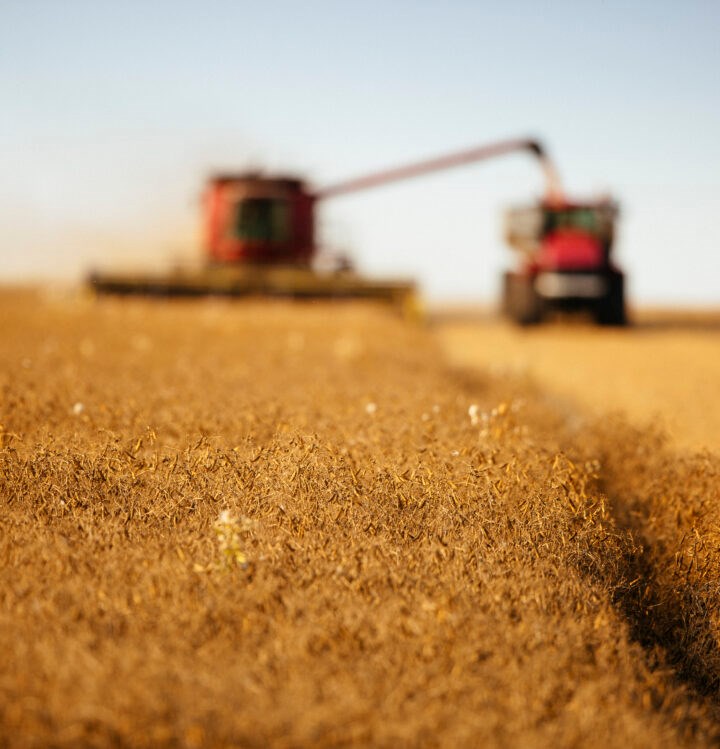UNITY — Conditions remain dry in the West-Central region, allowing for producers to continue and increase their harvesting momentum, with 15 per cent of the crop now in the bin and producers expecting to keep up a good pace as long as the rains hold off.
This year’s progress is behind the five-year average of 23 per cent. Crops all across the board are being harvested with initial yields for many coming in under expectations and regional averages.
Producers in the region are nearing completion on their fall cereal harvest, with 50 per cent of winter wheat and 83 per cent of fall rye now taken off with another 50 per cent of winter wheat in the swath. Fifty-six per cent of field peas and 59 per cent of lentils have been harvested in the region. Six per cent of the canola has been harvested, and this will quickly increase as the crop ripens or is swathed. Producers are moving into their spring cereals with 20 per cent of the barley, 10 per cent of spring wheat, eight per cent of oats and five per cent of durum taken off.
There were a few scattered showers that moved through the region this week, bringing with it minor to moderate hail damage. The Asquith area reported 30 mm, the Perdue area 25 mm and the Sonningdale area 10 mm. The rain did not drastically improve moisture conditions in the region, but it did allow a slight reprieve. Cropland moisture is rated as nine per cent adequate, 62 per cent short and 29 per cent very short. Hayland is rated as 10 per cent adequate, 54 per cent short and 36 per cent very short; finally, pastureland is rated as 10 per cent adequate, 50 per cent short and 40 per cent very short.
Crop damage this week is primarily due to continued drought stress along with heavy rain and hail that decimated crops, and heavy winds which also pushed down crops and blew away swaths. Producers are busy combining, desiccating and hauling water and feed for livestock. Many producers are hoping for long, slow fall rains once the rest of the crop is off.
For more information about West-Central Saskatchewan, explore the .




